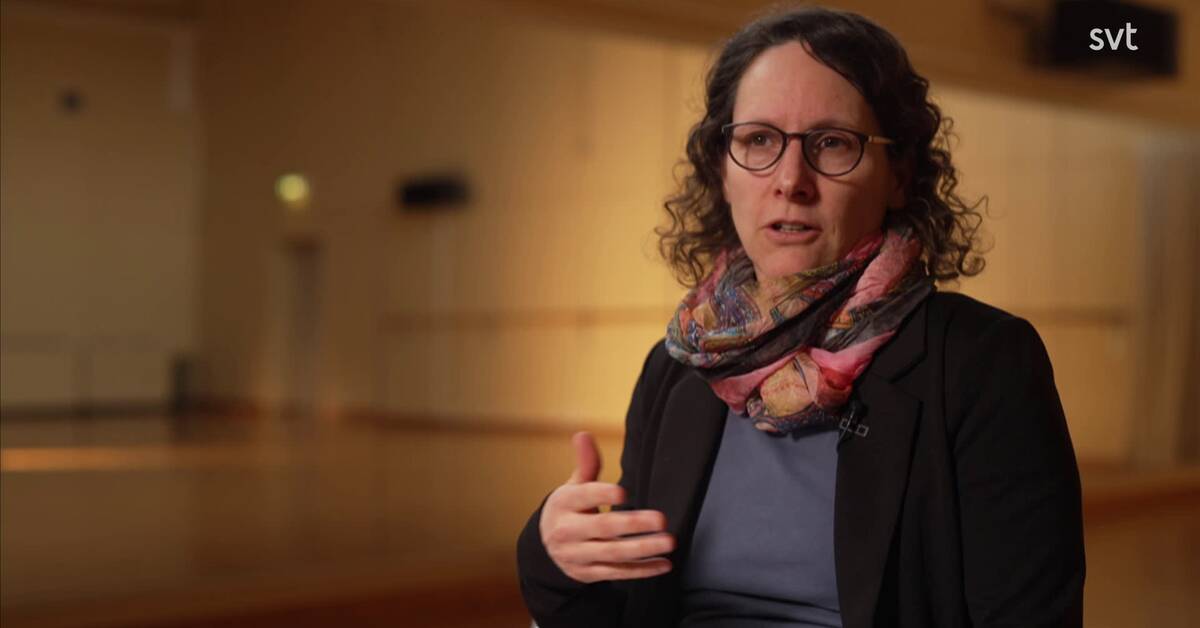Natalie Barker-Ruchti herself has a background as an elite gymnast and trainer in artistic gymnastics from growing up in Switzerland.
Today, she is an associate professor of sports science at Örebro University and researches misconduct in gymnastics - a problem that is universal.
- It is definitely not just a Swedish problem.
It has been a global problem for decades.
And it is a pattern that repeats itself: children who start with gymnastics at an early age and if they are selected end up in elite programs where injuries are not taken seriously, where leaders commit violations and where the consequences are roughly the same: physical injuries in the short and long term , eating disorders, mental illness and more, says Natalie Barker-Ruchti.
Acceptance and normalization - therefore it is difficult to say
At the same time, something has changed in recent years.
More and more gymnasts have chosen to openly appear and testify about what they have experienced, a kind of gymnastics metoo has swept the world (see fact box).
As recently as the summer of 2020, the head of elite sports and two national team coaches in rhythmic gymnastics in Switzerland were suspended, following alarms from gymnasts in the media.
So why is this such a widespread problem?
According to Natalie Barker-Tuchti, there are several reasons.
- One is that on a social level there is an acceptance of this type of behavior.
That is what is expected of such an environment.
It is normalized, so there is nothing to question or change.
The norm is that this is what is required to achieve success and results.
- At an organizational level, there is also a conflict of interest.
Sports organizations are responsible for their athletes, but also contribute to the abuse or violations that can occur because they set the sports goals and give the most money to those who succeed.
That is, sporting results are valued higher than other criteria.
"If you do not accept it - do not come here"
Another explanation may be that the leaders have an elevated position, the researcher says.
- The leaders often have a very high status because they have a unique competence: they can lead the gymnast to success.
Therefore, they can not be replaced by anyone.
For the athlete or the athlete's parents, it can help not to question what is happening, says Natalie Burker-Ruchi.
In addition to her research role, she is a member of Safesport Sweden, an independent organization that works to create safe sports environments.
How much responsibility do the sports federations have?
- It seems very difficult for the unions to acknowledge that they contribute to this.
That they are the ones who created this system.
They try to save face and sweep under the carpet.
Sometimes they blame the coaches or even the parents.
There is a lot of a feeling of: "this is how it is, if you do not accept it - do not come here".
In an interview with SVT Sport earlier this week, as part of our larger review of the leadership culture in Swedish rhythmic gymnastics, the Swedish Gymnastics Association's general secretary answered how they work with these questions. Take part in the interview here.

